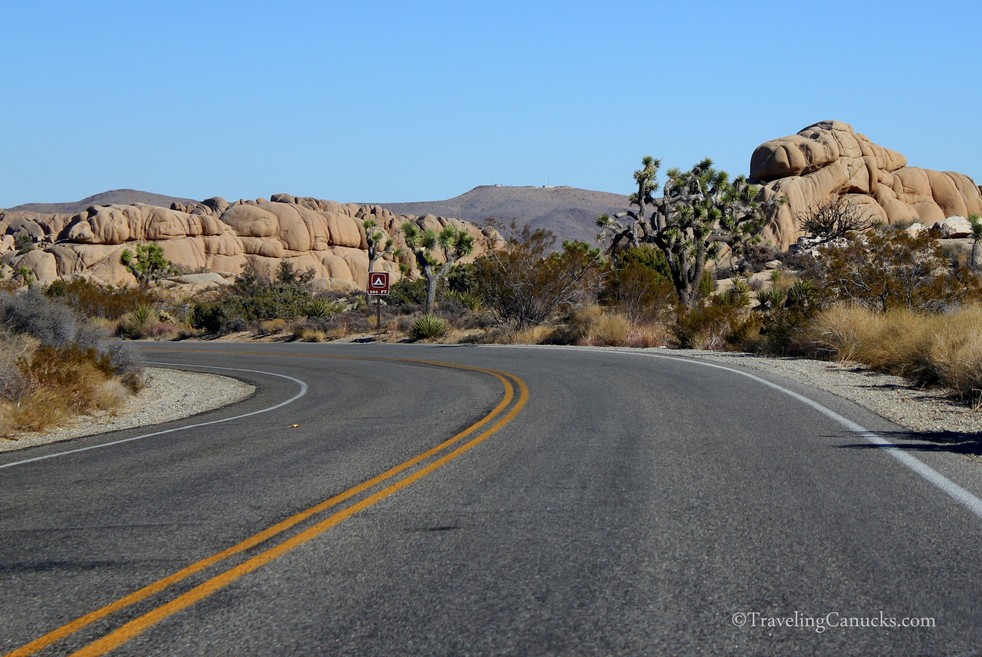
5 Simple safety tips for your summer road trip
With summer the season for family road trips now officially upon us, we’d like to share a few simple safety tips and suggestions to avoid unwelcome surprises.
We love this time of year in British Columbia. The weather is hot and dry. The days are longer. The kids are out of school. We look forward to getting outside and exploring our big, beautiful province.
During the summer months of July and August, we try to leave the city every weekend. Some trips are less than 2 hours away, like our recent trip to Harrison Hot Springs, while others can be over 5 hours, like our upcoming trip to Kelowna and the Okanagan Valley.
Before we start these summer road trips, we like to make sure our vehicle is ready for the road. While you may not think preparing your car for summer travel is critical, it’s just as important as preparing your vehicle for winter travel.
There’s a lot of planning and packing that needs to happen before each road trip, so we prefer to have the vehicle taken care of before the madness begins.
Here are a few safety tips for your summer family road trips.
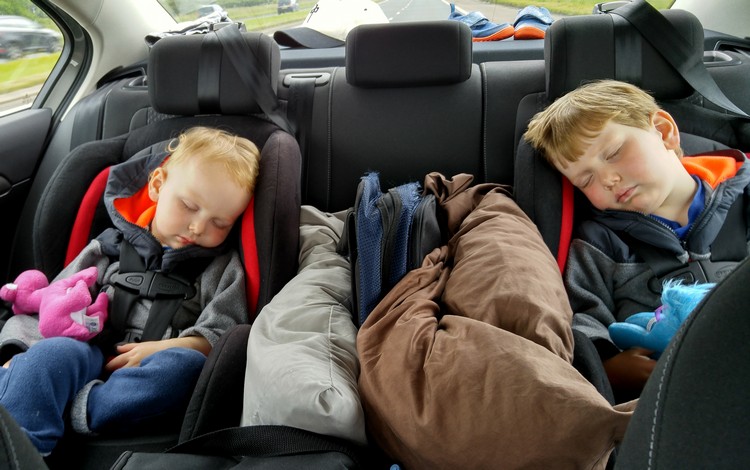
1 – Are your car seats installed properly?
When traveling with children under 13 years old, it’s important to ensure car seats are properly installed. Children should always ride in the back seat. Younger children should be in a car seat or booster seat that is designed for their height, weight, and age.
Because children are always growing, now is a good time to check their height and weight. Are your car seats still the correct size for your children?
Always follow the instructions for car seat installation. Check your car manual, too. When in doubt, seek help from professionals. Get clarification from the manufacturer or the store where you purchased the car seats.
Here’s a helpful article on Transport Canada’s website.
Reminder – if your kids are in a booster seat they will likely put on their own seat belt. It’s a good practice to double check their seat belt position. Although we’ve shown our boy the proper way to put on his seatbelt many times, he still does it incorrectly sometimes.
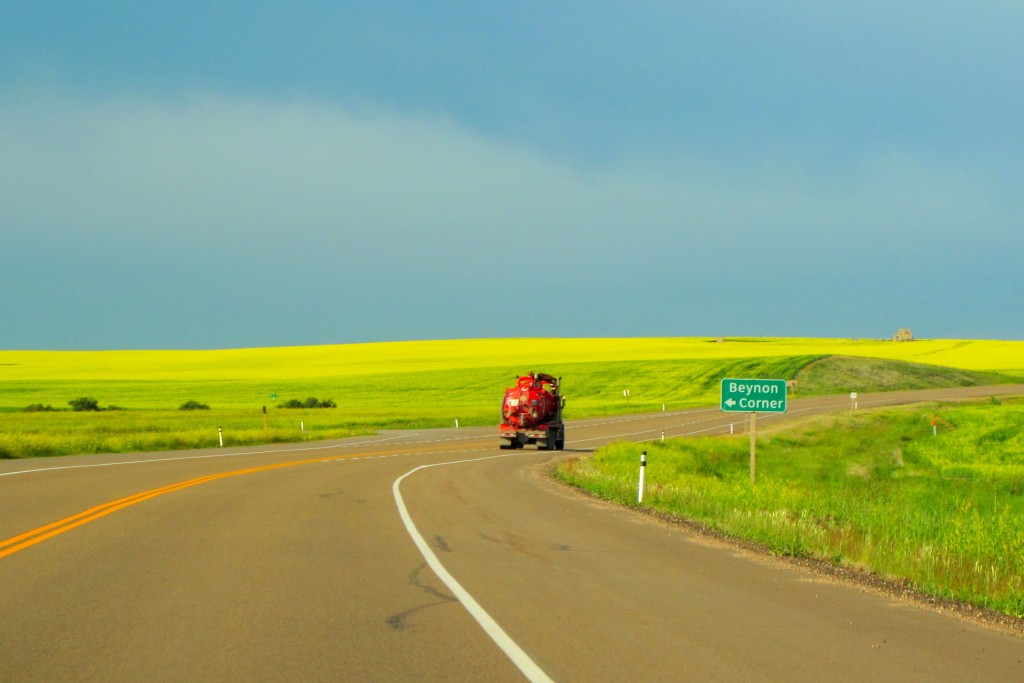
2 – Get a tune up and check your tires
Regular maintenance such as tune-ups, oil changes, steering and suspension, lights, battery checks, and tire rotations go a long way toward preventing breakdowns.
Also, make sure your air conditioning and cabin air filters are checked before taking long road trips. A clean cabin air filter will help your AC work better. Hot summer days spent in the car can affect kids and elderly family members who are sensitive to heat.
Don’t forget about your tires – did you know properly inflated tires will save money on gas?
It’s smart to schedule a preventive maintenance check-up with a reputable company.
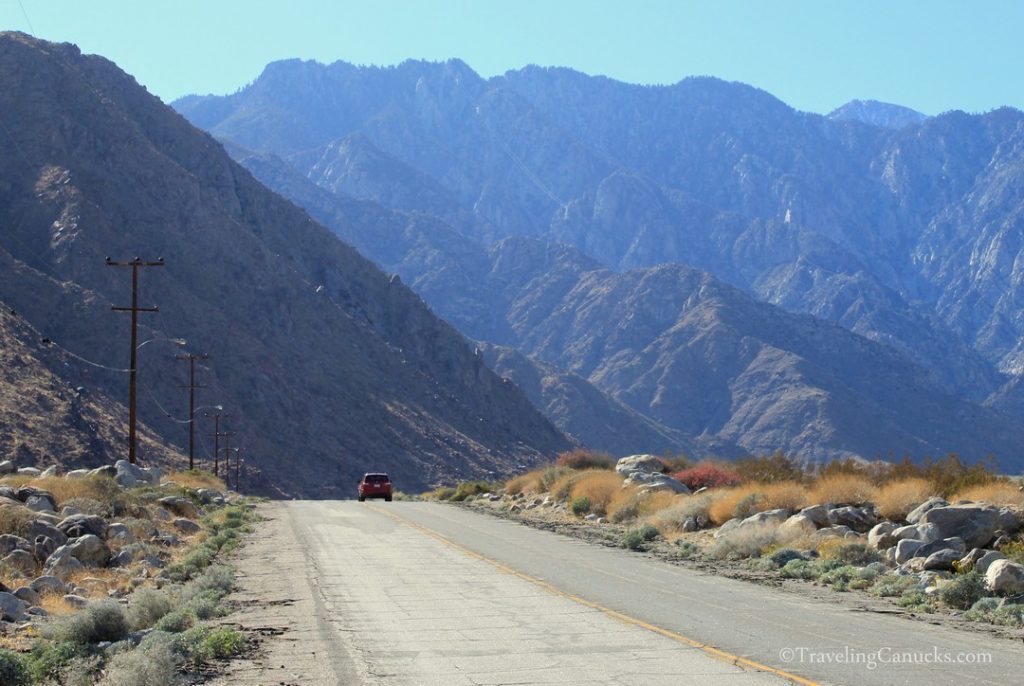
3 – Bring an Emergency Roadside Kit and plenty of water
Plan for the worst, hope for the best. Anything can happen on a road trip, so it’s wise to have an emergency kit for when things don’t go according to plan.
How many times have you seen a news report about a major crash that shuts down the main highway? Are you prepared to be stuck for hours? What about if you have to sleep in your car because there’s nowhere else to go. While extreme, this does happen.
Below are recommended items for your emergency kit. Ideally you will keep these items inside your vehicle (not the trunk, if possible).
- Cell phone and charger
- USB power bank (fully charged before your leave – we use this one)
- First-aid kit (this one will do the trick)
- Flashlight (check your batteries before your leave)
- Extra batteries for flashlight
- Flares and candles with matches or a lighter
- Swiss army knife (this one has everything you need)
- Blankets and jackets (plan for a cold night in vehicle)
- Non-perishable food, like protein bars, snacks and dried food.
- Medicine – Tylenol and/or Advil, plus any prescriptions
- Water. We bring a 4L bottle plus one drinking bottle per person.
- Local area maps, if applicable
- Purchase an Emergency Roadside Kit here.
Recommended for your vehicle at all times:
- Jumper cables
- Spare tire and jack for changing tires
- Basic repair tools and duct tape
Related – The perfect Ireland road trip itinerary for families

4 – Get a good night’s sleep
According to the Government of Canada, it is estimated that about 20% of fatal collisions involve driver fatigue. A 2007 survey found that about 60% of Canadian drivers admitted that they occasionally drove while fatigued (Source here). What’s more alarming is that 15% of respondents admitted to having fallen asleep while driving during the past year!
Before you depart on your summer road trip, do everyone a favour and get a good night sleep. Go to bed early so you wake up fresh and rested.
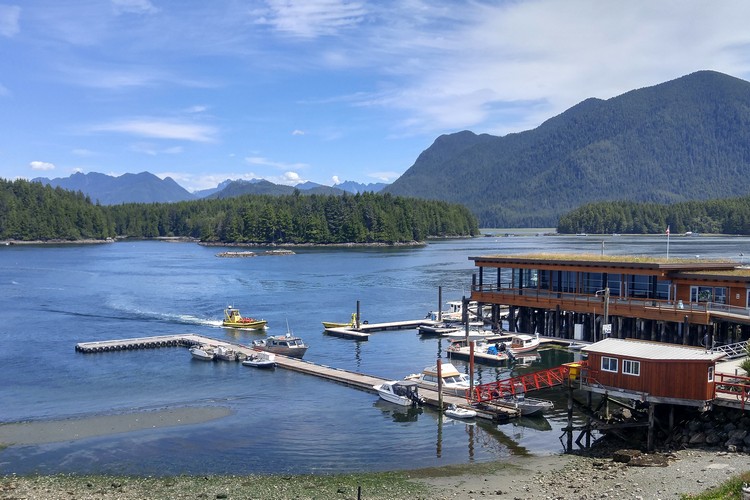
5 – Take breaks often
Summer road trips can be tough on children. Plan to stop frequently. Look for tourist attractions to keep things fun and interesting. When you see road signs for upcoming viewpoints, pull over and check it out.
Give your kids time to stretch their legs and run around. Bring a picnic or snacks to eat at rest stations. And, make sure everyone uses the washroom, even if they say they don’t have to (we speak from experience).
If the drive is really long, consider staying overnight at a hotel. Don’t be hero. Stop if you’re getting tired. Some of my fondest road trip memories as a child are staying at dive motels located just off the highway.
Related – Road Trip from Vancouver for first time visitors
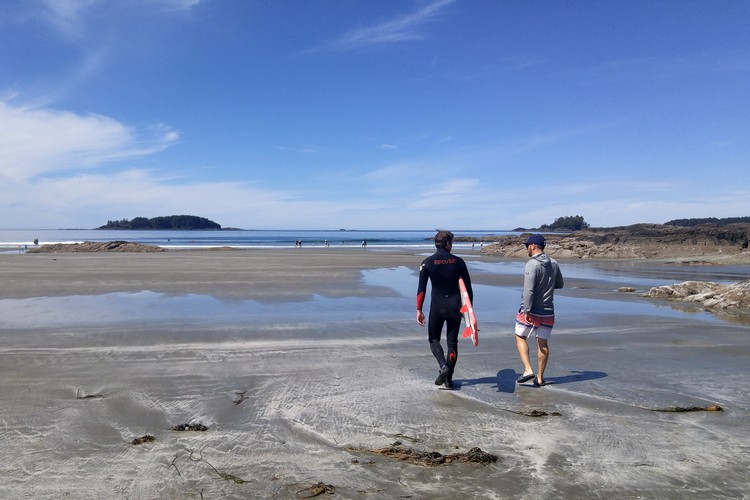
A few more family road trip tips…
Stock up on a variety of snacks and drinks. We sometimes pick up toys and/or games at the Dollar Store and surprise our boys throughout the drive. This keeps them happy and entertained.
We always travel with multiple tablets. Each device has games and downloaded Netflix shows. We pull out these devices when our kids are getting tired of being in the car and things are starting to get out of control. This is not the time to be a hero.
Reminder – don’t forget to fully charge your devices and bring a USB power bank as a back-up, especially on drives longer than 3 hours.
When our boys were babies we would time our drives around nap time. Rather than get up early and drive, wait a little bit and time the drive so that normal nap time happens halfway through the drive. This increases the chances of your baby actually sleeping, which makes a big difference for parents and baby.
And, if you’re kids are prone to motion sickness like ours, don’t forget to bring Kid’s Gravol, especially if your summer road trip will include long, windy roads.
What did we miss? What are your summer family road trip safety tips?
Share your thoughts and recommendations in the comments section below.


Very informative. I forgot to bring my first aid kit before. Good thing there was a store nearby so hurriedly bought one. Safety is really a priority when traveling. I’ve learned something new from these tips. Thanks for sharing!